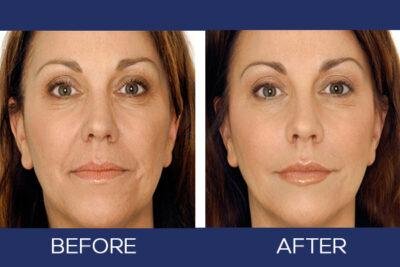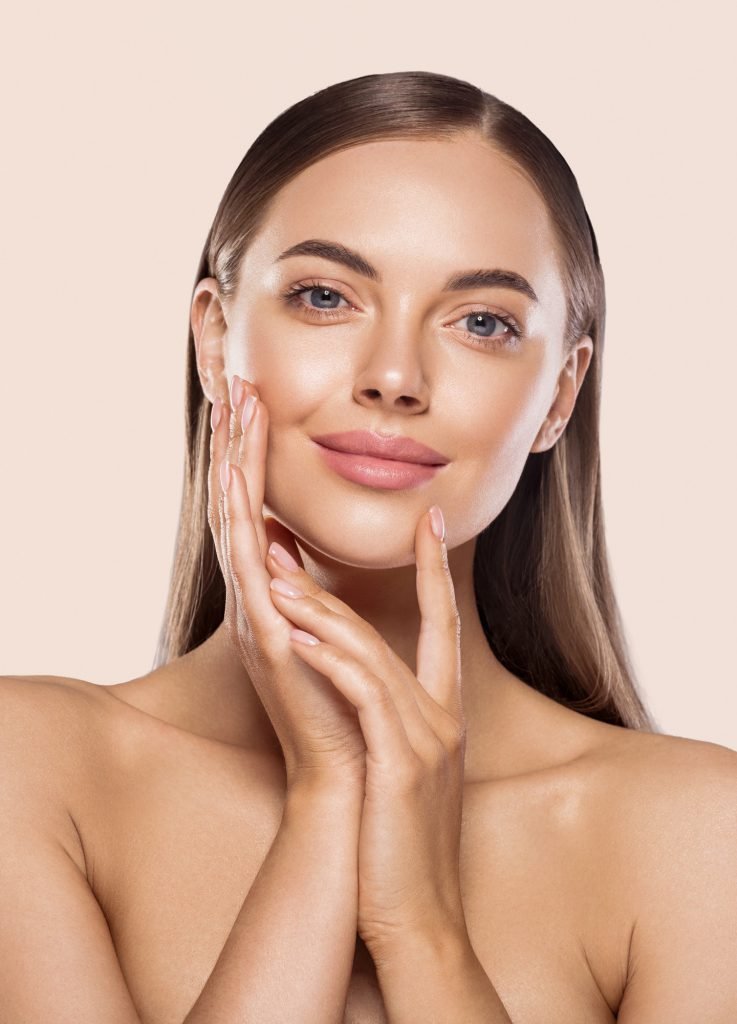PRP (Platelet Rich Plasma)


PRP (Platelet Rich Plasma) for Face
PRP has become a highly sought-after non-surgical procedure for skin rejuvenation. It uses your own blood platelets to stimulate collagen & revitalize your skin. PRP therapy uses your own blood platelets to stimulate new cell growth, helping to improve your complexion, skin texture & restore loss of facial volume. The blood is essentially made up of four components; red blood cells, white blood cells, the plasma and the platelets. We take your blood and spin it in a centrifuge, which enables the separation of the blood cells from your plasma and platelets.
This is then re-injected into the skin that stimulate collagen & promotes new cell growth.
- Improves tone & texture
- Facial rejuvenation
- Improve Acne
- Treat acne scar
- Improve pigmentation
Book An Appointment
Client Question
Frequently Asked Questions
While everyone’s pain tolerances vary, patient’s report a range of discomfort from mild to moderate with PRP procedure. A needle is used to draw blood from a vein in the arm initially and then small needles are used to perform the actual treatment.
Depending on the number of areas being treated, most procedures will be completed in 15 – 30 minutes.
Generally, patients notice tightening and a more even tone to their skin after 2 weeks of PRP procedure. These results continue to build for up to 6 months after treatment.
PRP Therapy is a great option for many men and women that are looking to restore their confidence and to regain a lush head of hair. Overall, this procedure is a safe and natural option for many individuals for skin rejuvenation and improving hair health.
Certified
Customer
Services
Years Experience
WHAT PATIENTS SAY
Ahmed Raza
Dr Fehmida is the best dermatologist in Karachi my experience. Her product is awesome and the results are always fabulous. I always recommend in my circle to consult her for skin issues.
Ahmed Raza
Ameer Hamza
My wife got a hydra facial from fehmida and results have even shocked me as well. Her skin is glowunga ND smooth as never before. I would suggest you guys to consider fehmida’s hidra facial to get glowing and spotless skin.
Ameer Hamza
Aamir Siddiqui
I will recommend them due to their qualified staff and hygiene. After wasting too much money on shampoos and hair oils, I found fehmida’s clinic in Karachi for hair treatment; At first, I was confused about consulting her, but during my treatment, I realized that my hair fall was reducing day by day.
Aamir Siddiqui
David jones
Skincare had never been easier until I visited the clinic. Super friendly staff and worth the money. Dr. Fehmida Arif is very knowledgeable and helped a lot with all my skin issues. Highly recommended.
David jones
Najma Sewani
It was a pleasure meeting Dr. Fehmida. She was really great at helping us out because my husband was facing some severe skin issues, and my back was full of sunburn and acne scars. The procedures she used were so beneficial that I am already seeing results!
Najma Sewani
Rida Batool
Extremely professional and efficient! Got my laser done and I couldn’t be more pleased. I had a bad experience from a previous dermatologist’s clinic, Dr Fehmida and her Assistants made everything extremely easy going for me!!
Rida Batool
Shehnaz Saleem
I have been a regular client of Dr fehmida Arif , very good treatments offered with no down time . I get my regular skin maintenance from her . She is present to see the mode of treatments given at her clinic.
removal or
Shehnaz Saleem
anzala saleem
I have had the best experience at Dr Arif clinic. The cryotherapy was worth every penny and the IV’s were amazing too. I got my hair exosomes and laser done and super excited about the results for those also. Prices are great, clinic is clean and staff is amazing and well knowledgeable. Thanks to the entire team.
anzala saleem

Nimra Jibran
Loved the work. Dr. Fehmida was able to get my hair back & stop my receding hairline issue with Rigenera. The procedure itself was painless and nothing lengthy. My confidence has boosted a 100% after my hair came back!
Nimra Jibran

Adila Jamil
I have been visiting the doctor for many years, her skin rejuvenation treatments are worth spending on! Recently got thread-lift & WOW my relatives are in awe. Thank you Doctor!
Adila Jamil

